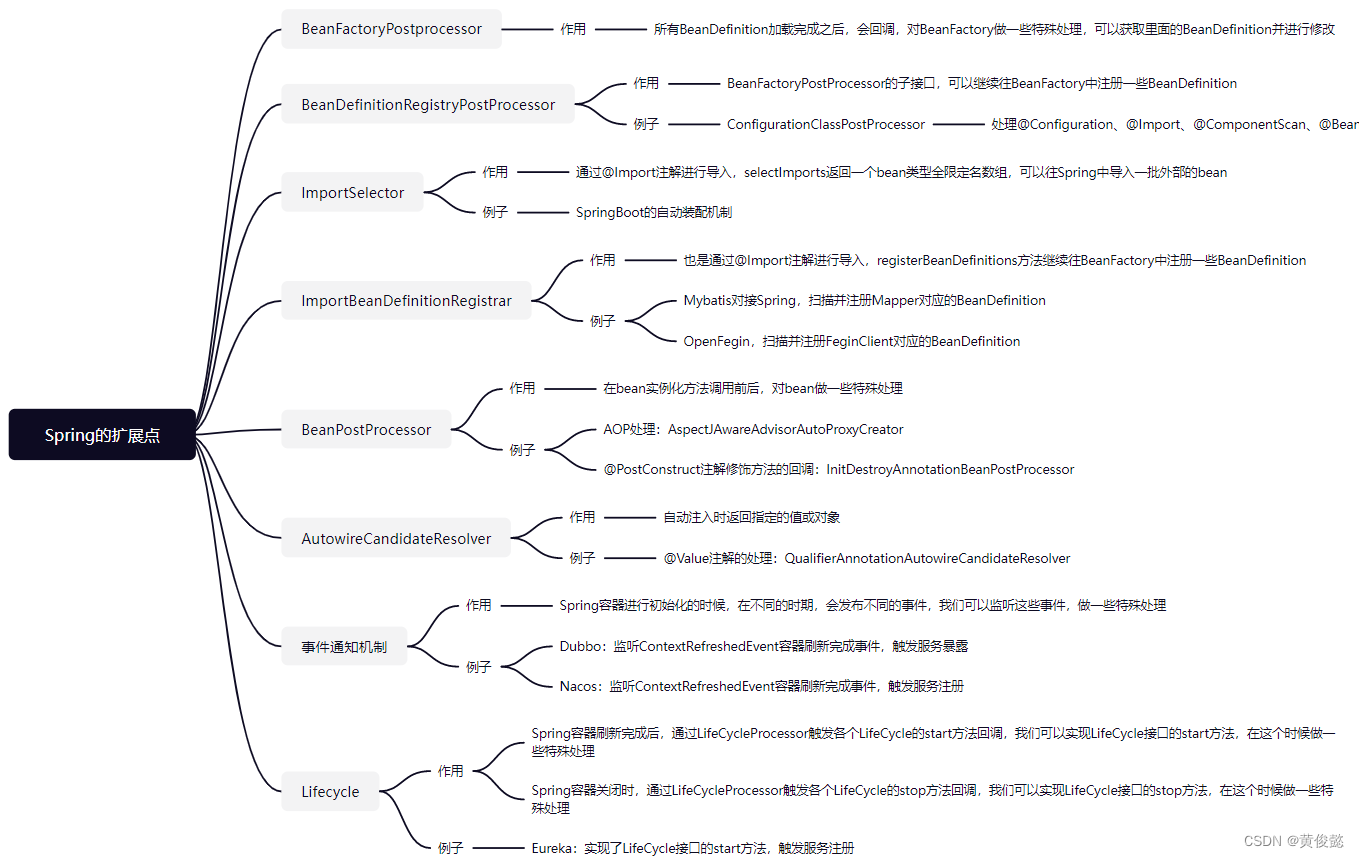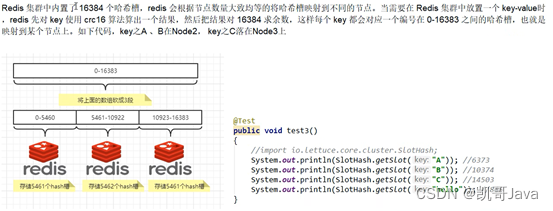In mathematics, an iterated function is a function X → X (that is, a function from some set X to itself) which is obtained by composing another function f : X → X with itself a certain number of times. The process of repeatedly applying the same function is called iteration. In this process, starting from some initial object, the result of applying a given function is fed again in the function as input, and this process is repeated. For example on the image on the right:
L = {\displaystyle {\mathit {F}},}{\displaystyle {\mathit {F}},}( K ), M = {\displaystyle {\mathit {F}},\circ {\mathit {F}},}{\displaystyle {\mathit {F}},\circ {\mathit {F}},}( K ) = {\displaystyle {\mathit {F}};^{2},}{\displaystyle {\mathit {F}};^{2},}( K ),
with the circle‑shaped symbol of function composition.
Iterated functions are objects of study in computer science, fractals, dynamical systems, mathematics and renormalization group physics.
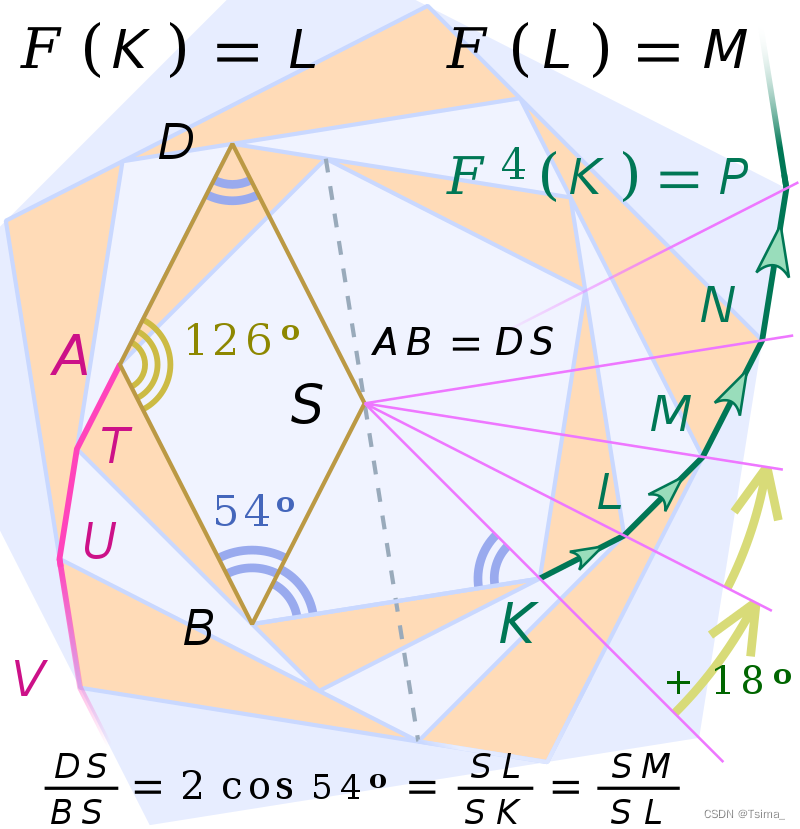
Composed with itself repeatedly, similarity F
of center S enlarges the smallest regular pentagon into successive concentric pentagons, in manner that the outline of each one
passes through all vertices of the previous pentagon,
of which it is the image under F. If transformation F
is iterated indefinitely, then A and K
are the starting points of two infinite spirals.
Contents
- 1 Definition
- 2 Abelian property and iteration sequences
- 3 Fixed points
- 4 Limiting behaviour
- 5 Invariant measure
- 6 Fractional iterates and flows, and negative iterates
- 6.1 Some formulas for fractional iteration
- 6.1.1 Example 1
- 6.1.2 Example 2
- 6.1.3 Example 3
- 7 Conjugacy
- 8 Markov chains
- 9 Examples
- 10 Means of study
- 11 In computer science
- 12 Definitions in terms of iterated functions
- 13 Functional derivative
- 14 Lie's data transport equation
- 15 See also
1 Definition
The formal definition of an iterated function on a set X follows.
Let X be a set and f: X → X be a function.
Defining f n as the n-th iterate of f (a notation introduced by Hans Heinrich Bürmann[citation needed][1][2] and John Frederick William Herschel[3][1][4][2]), where n is a non-negative integer, by:
{\displaystyle f^{0}~{\stackrel {\mathrm {def} }{=}}~\operatorname {id} _{X}}{\displaystyle f^{0}~{\stackrel {\mathrm {def} }{=}}~\operatorname {id} _{X}}
and
{\displaystyle f^{n+1}~{\stackrel {\mathrm {def} }{=}}~f\circ f^{n},}{\displaystyle f^{n+1}~{\stackrel {\mathrm {def} }{=}}~f\circ f^{n},}
where idX is the identity function on X and f○g denotes function composition. That is,
(f○g)(x) = f (g(x)),
always associative.
Because the notation f n may refer to both iteration (composition) of the function f or exponentiation of the function f (the latter is commonly used in trigonometry), some mathematicians[citation needed] choose to use ∘ to denote the compositional meaning, writing f∘n(x) for the n-th iterate of the function f(x), as in, for example, f∘3(x) meaning f(f(f(x))). For the same purpose, f n was used by Benjamin Peirce[5][2][nb 1] whereas Alfred Pringsheim and Jules Molk suggested nf(x) instead.[6][2][nb 2]
2 Abelian property and iteration sequences
In general, the following identity holds for all non-negative integers m and n,
{\displaystyle f^{m}\circ f{n}=f{n}\circ f{m}=f{m+n}~.}{\displaystyle f^{m}\circ f{n}=f{n}\circ f{m}=f{m+n}~.}
This is structurally identical to the property of exponentiation that aman = am + n, i.e. the special case f(x) = ax.
In general, for arbitrary general (negative, non-integer, etc.) indices m and n, this relation is called the translation functional equation, cf. Schröder’s equation and Abel equation. On a logarithmic scale, this reduces to the nesting property of Chebyshev polynomials, Tm(Tn(x)) = Tm n(x), since Tn(x) = cos(n arccos(x)).
The relation (f m)n(x) = (f n)m(x) = f mn(x) also holds, analogous to the property of exponentiation that (am)n = (an)m = amn.
The sequence of functions f n is called a Picard sequence,[7][8] named after Charles Émile Picard.
For a given x in X, the sequence of values fn(x) is called the orbit of x.
If f n (x) = f n+m (x) for some integer m, the orbit is called a periodic orbit. The smallest such value of m for a given x is called the period of the orbit. The point x itself is called a periodic point. The cycle detection problem in computer science is the algorithmic problem of finding the first periodic point in an orbit, and the period of the orbit.



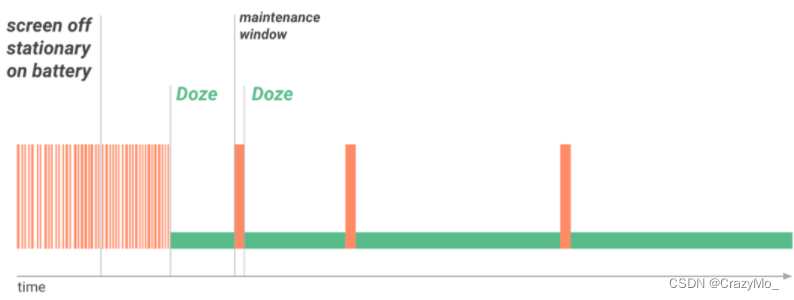
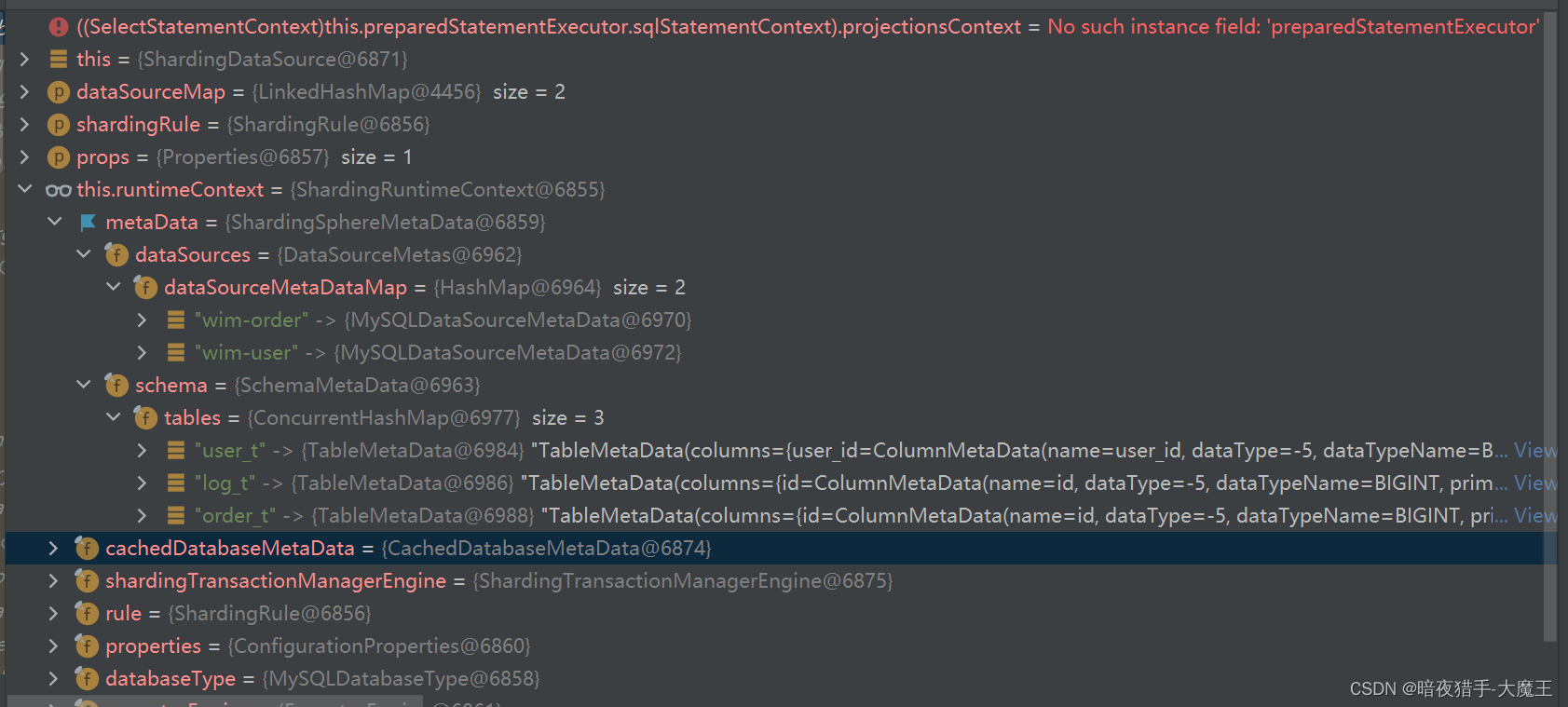

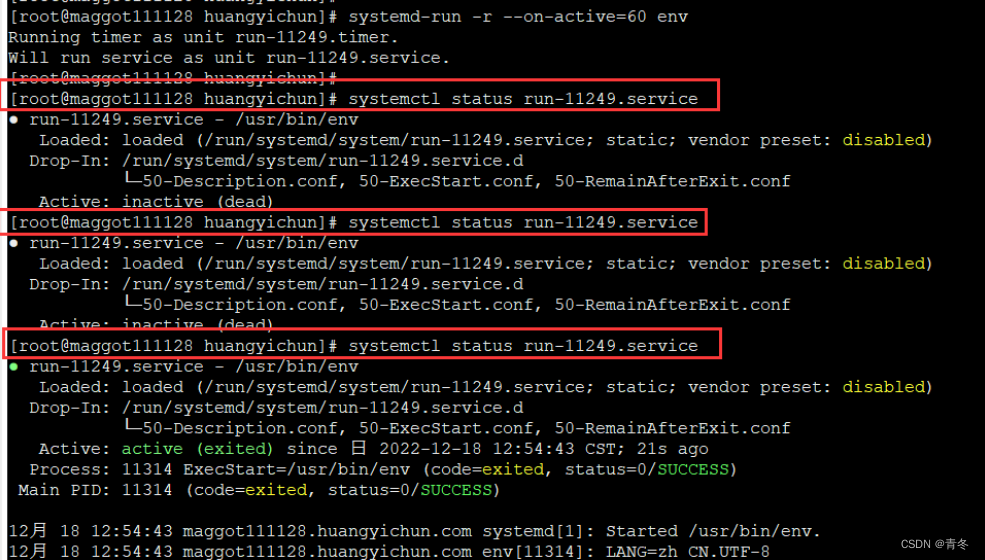






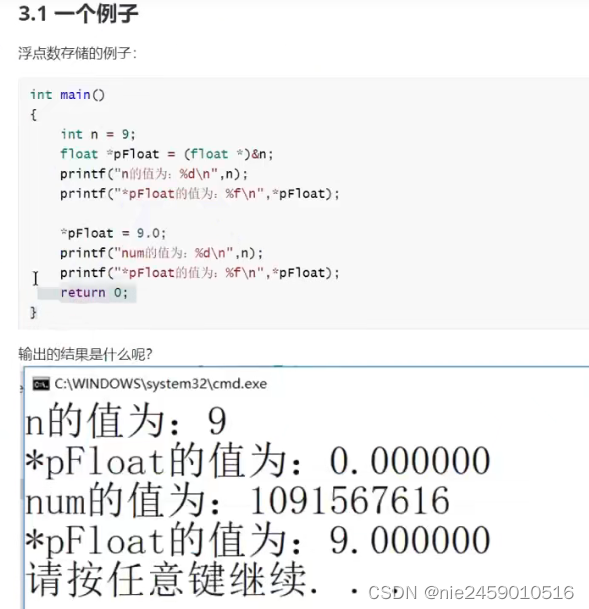


![[附源码]Nodejs计算机毕业设计基于云数据库的便民民宿租赁系统Express(程序+LW)](https://img-blog.csdnimg.cn/8a9cf9dfebc34ec2b040b1363bd4980d.png)
